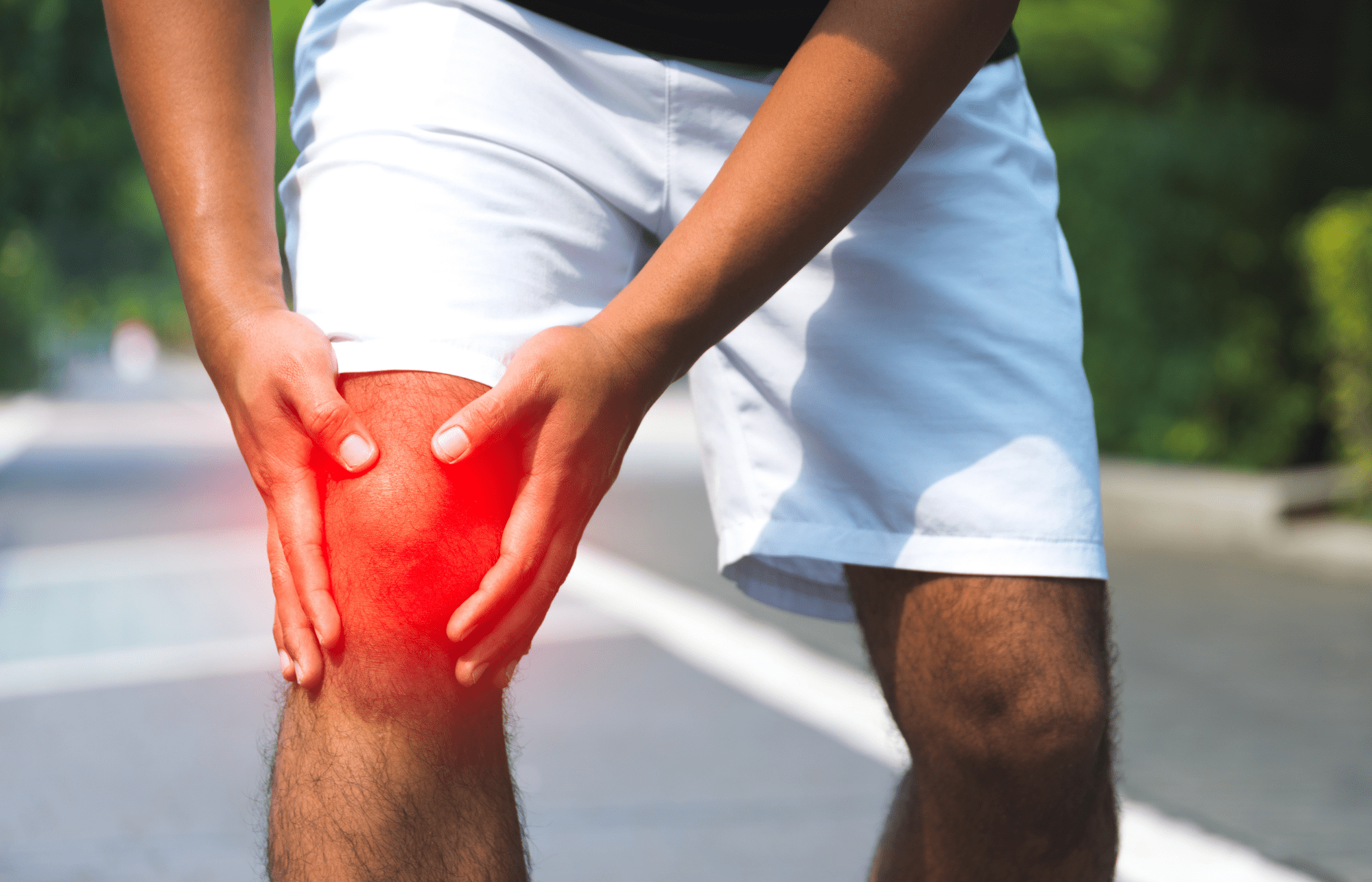Chronic pain can be debilitating, affecting one’s quality of life and overall well-being. In the quest for relief, many individuals are turning to alternative therapies, and one such treatment that has gained popularity is acupuncture. While acupuncture has been gaining more popularity, recent scientific studies are shedding light on its potential efficacy in alleviating various types of chronic pain. In this article, we will explore the science behind acupuncture and how it can provide relief for conditions such as back pain, headaches, and more.
The Science Behind Acupuncture:
Acupuncture is an ancient practice rooted in Oriental medicine that involves stimulating specific acupoints in the body. By doing so, the body’s natural healing processes are triggered. The practice can include traditional needle insertion or electric stimulation with minor currents for enhanced effectiveness.
Altering Brain Activity:
One of the ways acupuncture is believed to work is by influencing brain activity. Studies have shown that acupuncture can activate receptors that bind opioids, thus helping the body to better manage pain. Additionally, the technique of electroacupuncture, which involves stimulating the needles with mild electrical currents, has been found to impact different areas of the brain, effectively rewiring the brain’s pain network.
Benefits of Acupuncture:
Acupuncture offers several benefits for those seeking relief from chronic pain:
- Centuries-old Eastern Medicine: Acupuncture has been an integral part of Eastern medicine for centuries, with a proven track record of addressing various health conditions.
- Safety: Acupuncture is considered a safe treatment option, even safer than relying on medications that may carry potential side effects.
- Versatility: Acupuncture has shown promising results in managing a wide range of conditions, including back and neck pain, osteoarthritis, headaches, and shoulder pain.
- Non-invasive: Unlike surgical interventions, acupuncture is a non-invasive procedure, making it an appealing option for those seeking natural remedies.
- Non-pharmacological: a very good alternative to avoid painkillers and
- Insurance Coverage: Many insurance plans now cover acupuncture treatments, making them more accessible to a broader range of individuals.
Supporting Evidence:
In a notable 2018 meta-analysis of over 20,000 patients across 39 high-quality randomized controlled trials, acupuncture was found to be superior to both sham treatments and no acupuncture for managing back or neck pain, osteoarthritis, headaches, and shoulder pain. Impressively, these positive outcomes were observed to persist over time, even up to 12 months after receiving treatment.
Choosing the Right Practitioner:
Like any medical treatment, the success of acupuncture depends on the expertise of the practitioner. To ensure the best results, it is essential to seek acupuncture from a licensed and experienced professional who can tailor the treatment to your specific needs.
Acupuncture, an ancient practice deeply rooted in Oriental medicine, is showing promising results in treating chronic pain conditions. Its ability to influence brain activity and activate the body’s natural healing mechanisms makes it an attractive alternative for those seeking relief without invasive procedures or heavy medications. With the growing body of scientific evidence supporting its effectiveness, acupuncture is gaining recognition in the Western medical community as a viable option for chronic pain management. If you are considering acupuncture as part of your health journey, be sure to consult a qualified practitioner to experience its potential benefits firsthand.
Resource: Link to the Washington Post article by Trisha S. Pasricha




